A few years back, Care+Wear Co-Founder and CEO Chat Razdan met Lucy Jones at an event. Lucy is an inclusive designer who specializes in designing for people who use wheelchairs (“seated design”) and when they met, they knew there were instant synergies between what Lucy and Care+Wear were both trying to accomplish. We’re currently collaborating with Lucy on a pair of Mobility Gloves for people who use wheelchairs or walkers and connected with Lucy to tell us a little bit more about the project and her background.
Care+Wear:
Tell us about your background and why you got into inclusive design.
Lucy Jones:
I’m originally from Wales, UK and I came to New York City to study Fashion Design at Parsons School of Design. When I started school in 2011, my impression of the fashion industry was that you had to be cutthroat in order to be successful and that wasn’t really me.
The big “aha” moment for my design career actually came during a class where I was asked to “design a solution that would one day change the world.” I was talking to my cousin about the class and my time in NYC, and since he has cerebral palsy and when he was telling me about some of the challenges of daily dressing, I knew there were design solutions that could be created for him. I started googling “adaptive design” and what I saw was truly awful – clearly only a medical professional had been involved and not a designer.
My work started with that project, and then I got permission to continue my studies in this area at Parsons under the supervision of Professors Jonathan Kyle Farmer, Yvonne Watson, and Timo Rissanen. I graduated in 2014 and my work in this area hasn’t stopped since!
Care+Wear:
Why do you call yourself an “inclusive designer”?
Lucy Jones:
Most clothing for people who have disabilities is called “adaptive clothing.” That didn’t resonate with me because “adaptive” means “modifying” and that wasn’t what I wanted to do with my work. I wanted to create designs that took various needs into consideration. We shouldn’t think of it as traditional clothing and measurements needing to change, the designs just need to include everyone. That’s why I consider myself an “inclusive designer.”
Care+Wear:
How did you first get connected with Chat and Care+Wear?
Lucy Jones:
I met Chat (Care+Wear’s co-founder and CEO) right when I was graduating Parsons and we met through mutual friends there. We realized that we had the same mission of shifting medical design to be more empowering. We both knew that healthwear had always been function first, but that there was a great deal of potential to provide people with much better designs than there had been in the past.
Later on, in January 2017, I actually co-taught a class at Parsons with Care+Wear that focused on redesigning the traditional patient gown. I’m really excited that the gown was manufactured and introduced to the public just a year later in January 2018 and is being used by a number of hospital systems all over the country!
Care+Wear:
Why create gloves?
Lucy Jones:
When we first met, Chat was already familiar with my Seated Design collection (clothing designed for people who use wheelchairs). We started talking about other concerns for people who use wheelchairs and I started thinking about my cousin who has a hard time putting gloves on and taking them off. We started talking about how we could make things easier for people who had limited dexterity and the glove project was born.
We started designing together very quickly. Thinking about my cousin, we knew we had to make the gloves easy to open, and we knew that a lot of wheelchair users, in particular, would get bruises, sores or pain on various parts of their hands. This was just the start of the considerations we began to make. We had to think about grip, different weather conditions and making the gloves versatile for whatever the wearer needs to do that day.

Care+Wear:
What makes these gloves different?
Lucy Jones:
Most people who use wheelchair gloves use baseball batting gloves or weight lifting gloves which get worn through very quickly. The main distinctive features of our co-designed gloves are the micro-dot grip material where the forefinger and thumb meet to protect against callouses, additional supportive padding on the palm, and the strategic diagonal zipper across the top of the hand for easy on/off (patent pending). In addition, the unisex gloves include discreet reflective piping for in-the-dark wear, non-slip palm padding to protect the hands while also providing grip, open velcro tabs at wrists for security and splash protection, and they are made of touchscreen conductive material for use with various smart devices

Care+Wear:
How do you hope these gloves will make an impact?
Lucy Jones:
Our main goal for making these was to provide an improved option for what is currently on the market. When we design, we tend to think conventionally. Some of these issues we’re considering are very simple ones to address, and we need to remember to not be confined to the traditions of fashion design. When we think more comprehensively, we can let fashion be enjoyed by so many more people.

You can buy your own set of gloves here! We’re always trying to improve on our designs and are currently working with Lucy to incorporate lots of user feedback, so please feel free to share any input at wecare@careandwear.com!

Lucy Jones is a designer with a focus on solution-based design. It is her mission to marry style and function with the intent of addressing a larger portion of society often overlooked in the fashion design process.


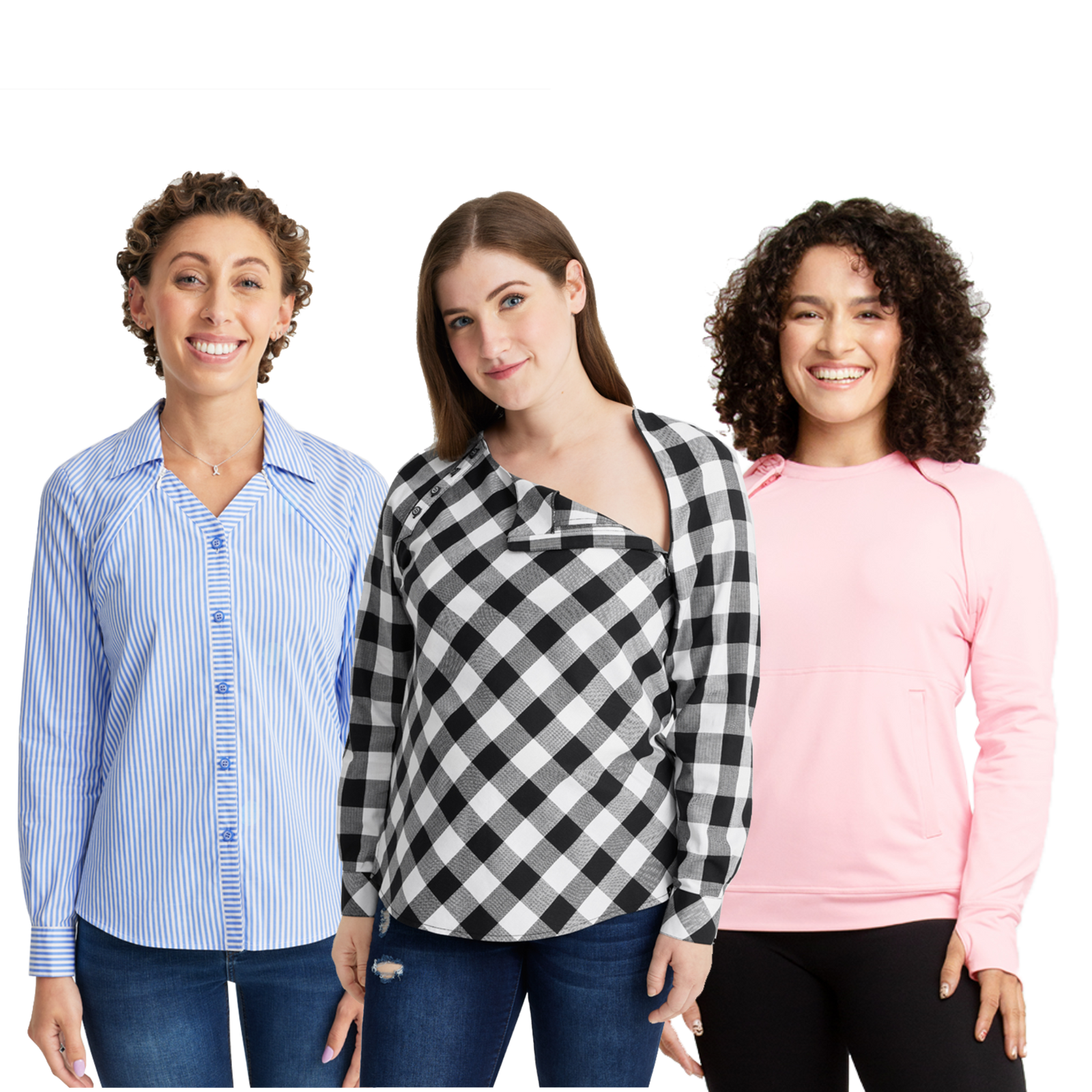
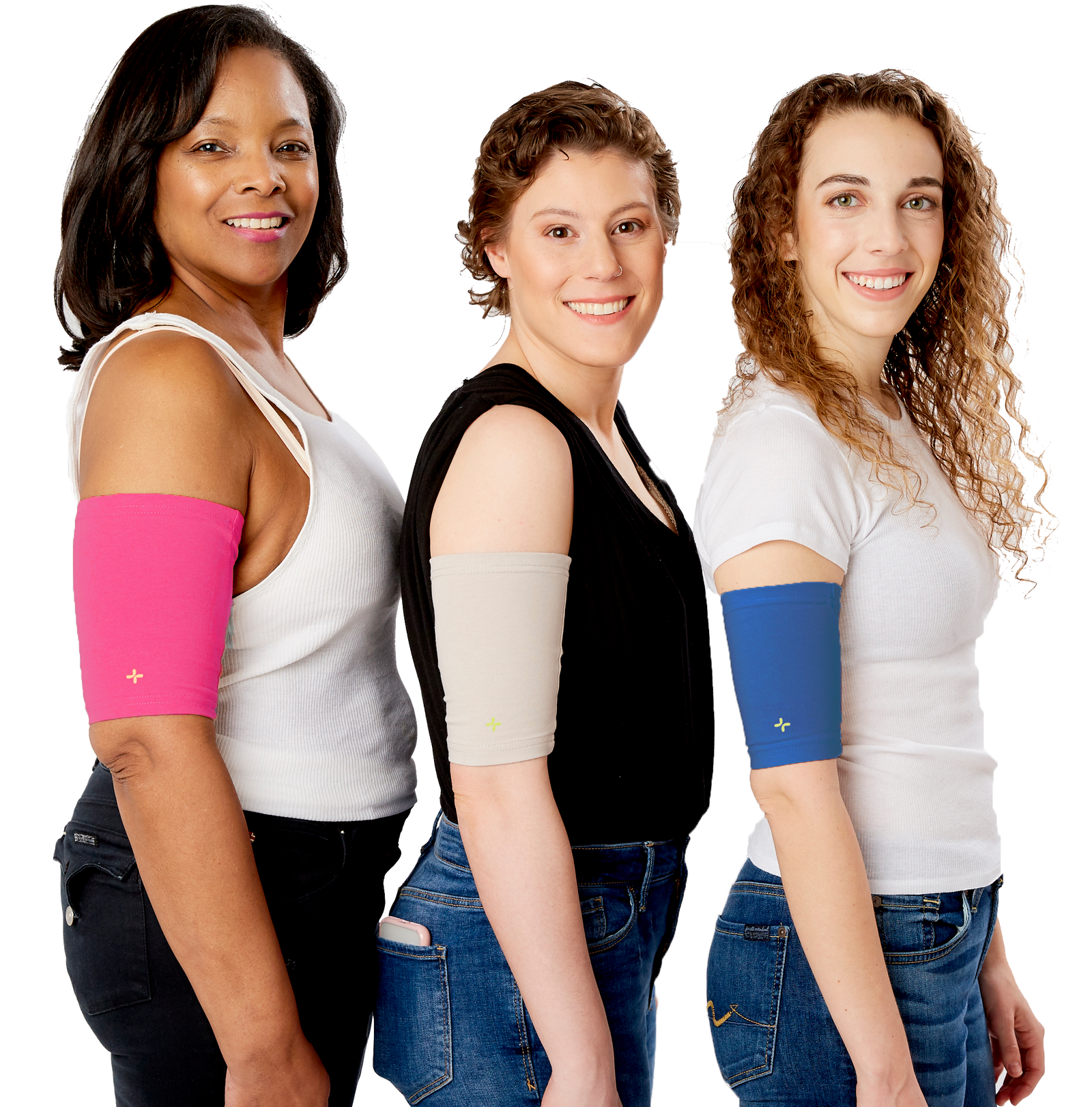
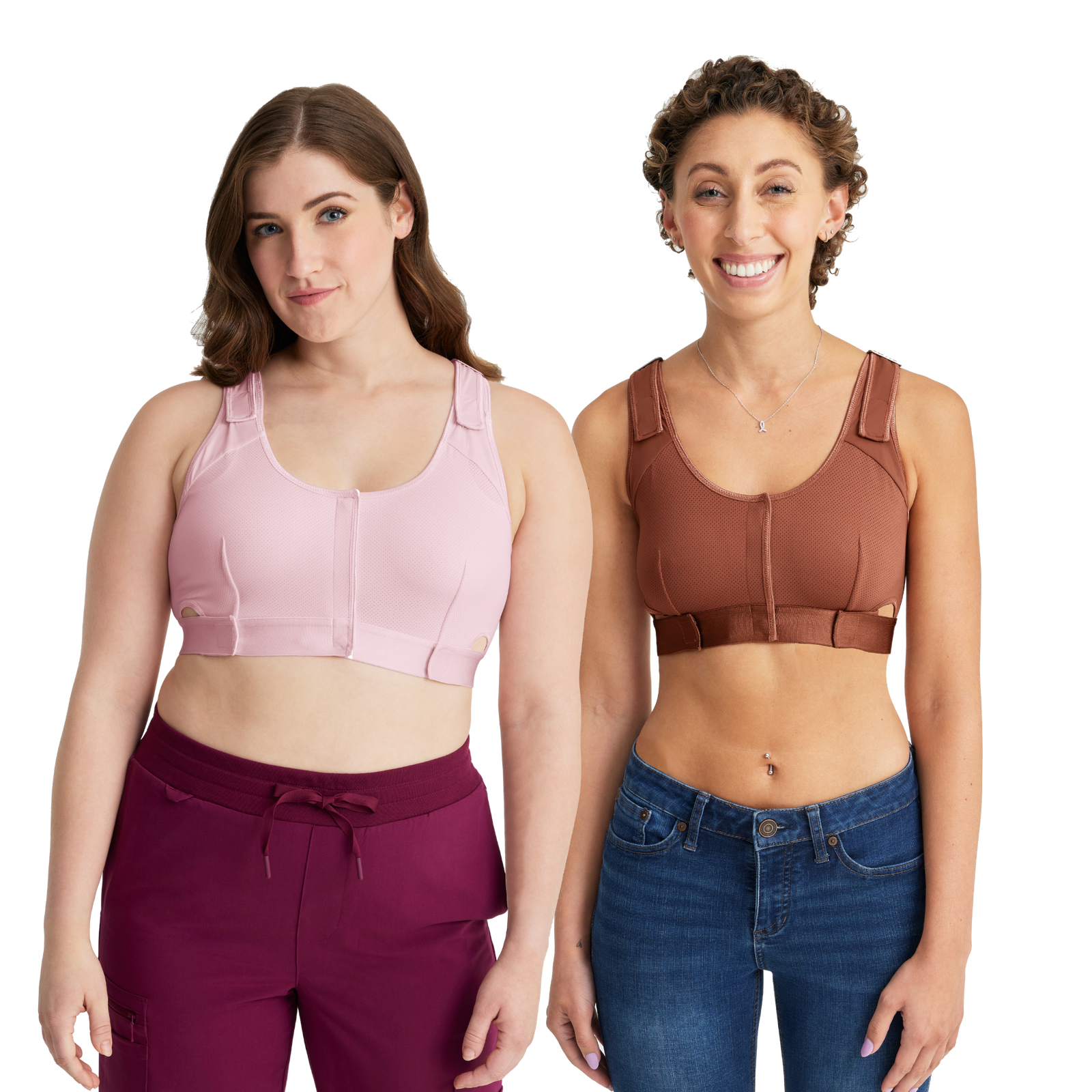
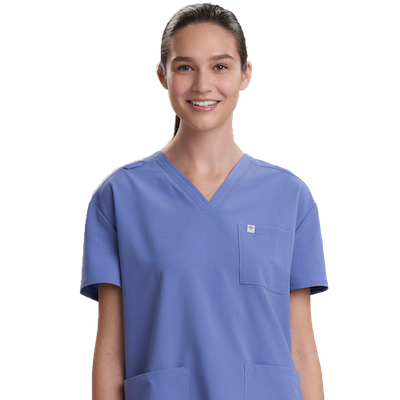
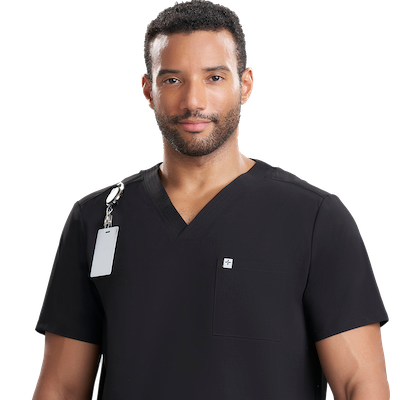

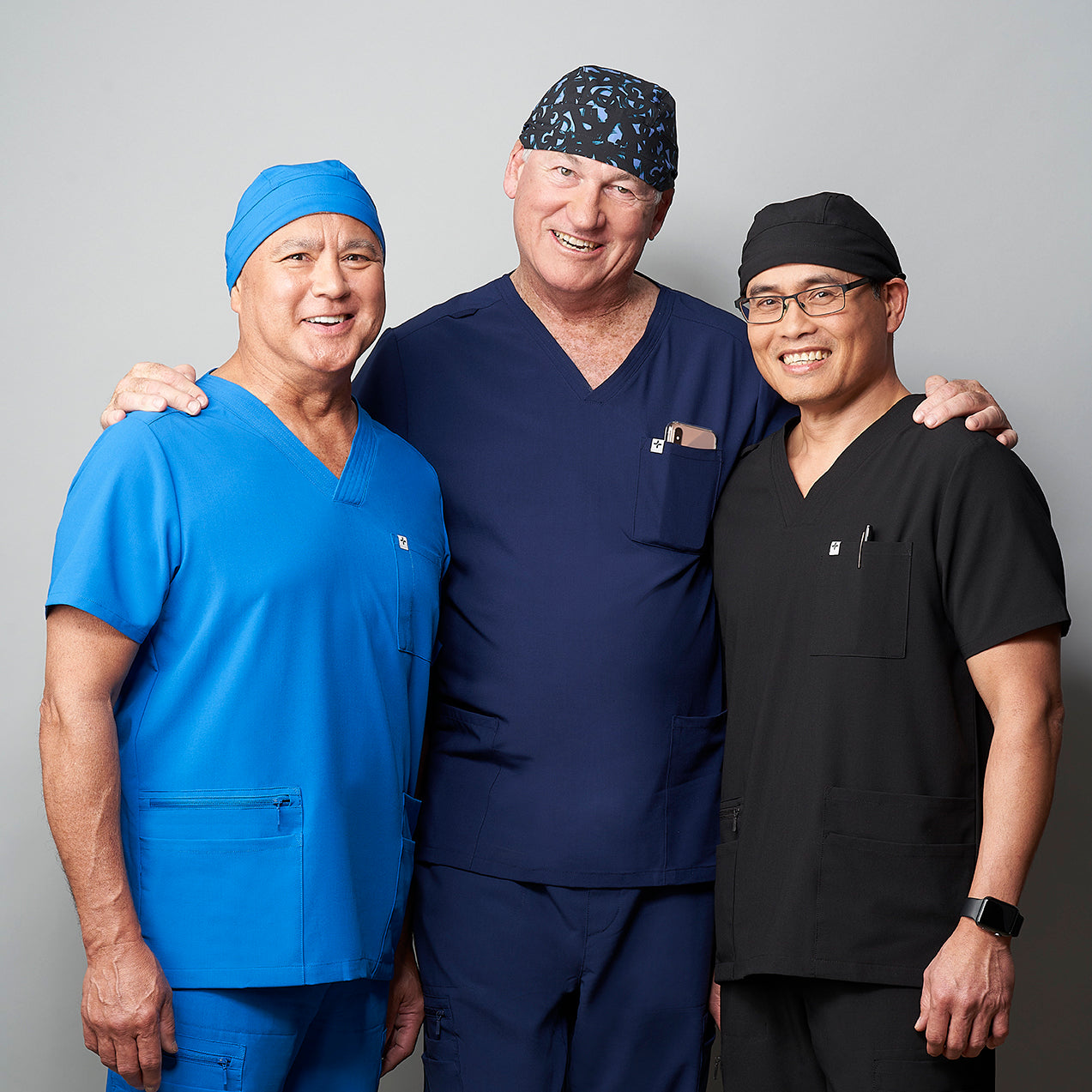
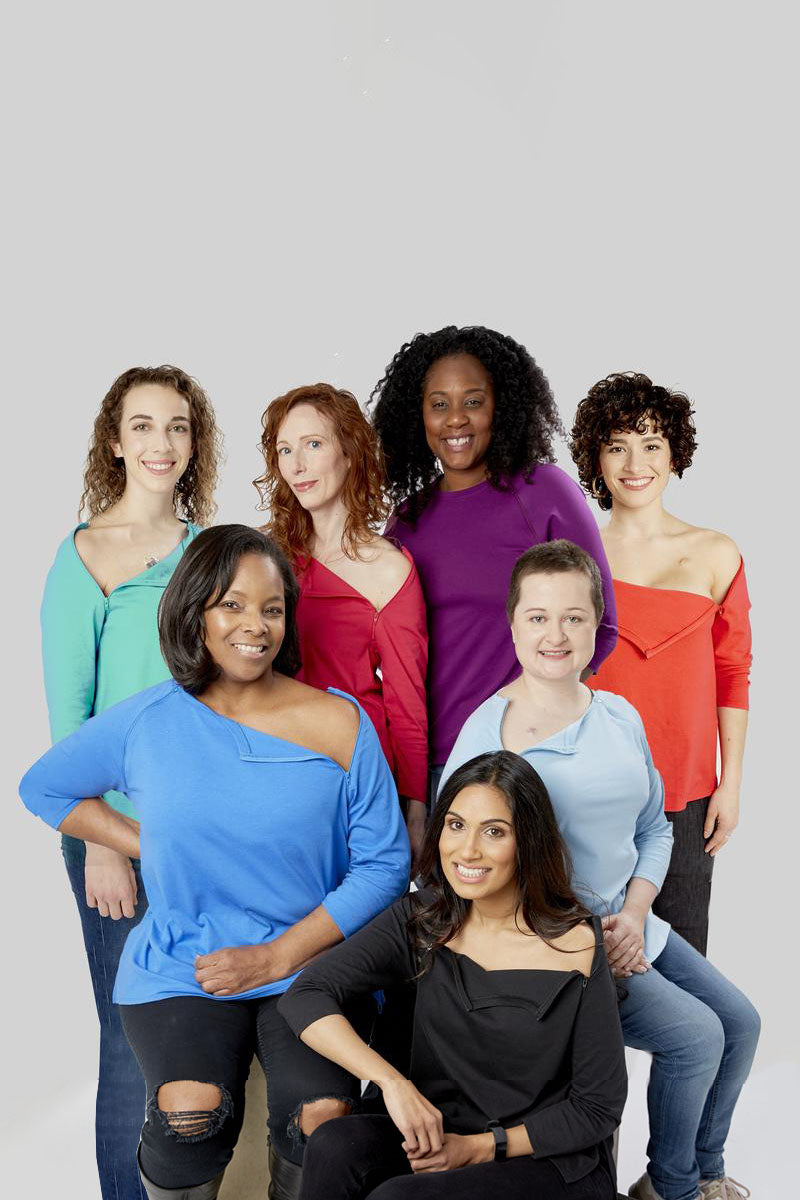
Leave a comment (all fields required)